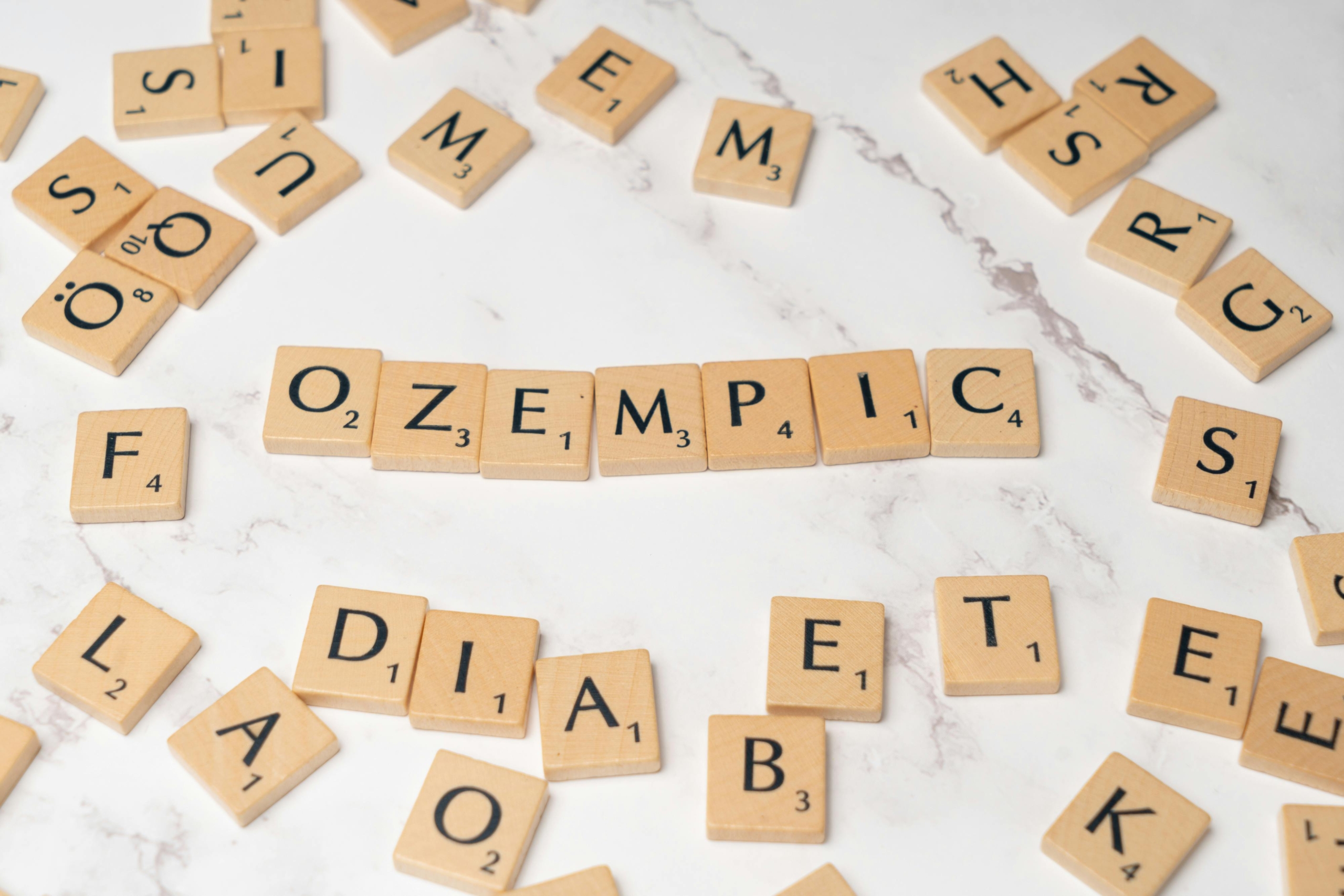When Ozempic Kills Your GCR and what to do about it

Ozempic may help your patients lose weight, but it’s brutal for pharmacy, and the trend will get worse. This e-mail describes the problem and what to do about it.
I recently received a call from someone who wanted to sell because his store was not making profit anymore. His accountant was getting worried. I looked at his numbers in detail to see what had changed.
What changed was Ozempic. In August, he filled 4306 prescriptions of which 33 (0.76%) were for Ozempic. This was a total of 45 Ozempic pens. In this month, his total primary wholesaler bill was $156,090 of which $34,640 (22.1%) was Ozempic. So 0.76% of scripts is 22.1% of his primary wholesaler bill.
Many of these scripts were sold at gross margin loss (when the PMB pays less than you buy the drug for) and that is before accounting for DIR fees, which will be brutal. People outside pharmacy don’t believe me when I say this, but if you own a pharmacy, you know it is true.
Now, the real problem with this situation is when the wholesaler turns around and calculates your monthly GCR. GCR means generic compliance ratio. It is ratio of generic to total drug purchases (brand plus generic) that you buy in a month from a wholesaler.
The higher the GCR (meaning the higher the percentage of generics relative to total drugs purchased in a month) the less you pay for all drugs. The lower the GCR (meaning the lower the percentage of generics relative to total drugs purchased), the more a pharmacy pays for all drugs. What this means in English: the wholesaler says “if you spend a lot on brand drugs, you also need to spend a lot on generics with us or we will charge you more for everything.”
In the background of this, two things are happening. First, the wholesaler often carves out GLP-1 drugs from the usual brand discount, so you are already paying more for these Oz pens. Second, in general, generic prices are deflating and brand prices in general are inflating. This makes hitting GCR targets negotiated years before harder to reach.
So, to offset this $34,640 of brand Ozempic purchases, a pharmacy needs to buy a LOT of generics. Let’s look at just one Ozempic pen that costs about $920 from the wholesaler. To offset this, as an example of a typical generic bottle, we can use a 90 count Atorvastatin 80mg bottle. Cost of this bottle is $12.08 pre-rebate. So, assuming an Oz pen is about $920 and assuming you want to get to a 15% GCR ratio, the pharmacy needs to buy about 12 bottles of the Atorvastatin. Think of that. You need to fill a dozen **90 day supplies** (read: crap reimbursement) of Atorvastatin 80 just to offset the GCR impact of one Ozempic pen. If the PBM will allow you to fill 30 day supplies, you need 36 scripts. If your store fills 200 scripts a day and you fill 2 ozempic pens, you need 72 scripts, or over a third of your daily total, to offset just these two Ozempic pens. This will hit your rebate hard. Ozempic scripts will increase and two a day will be a slow day.
Then, to make matters worse, when you buy the Ozempic, you have to pay for it in 14 days but get reimbursed for it in 30 or 45 days. This means you are giving the PBM a $920 interest free loan for 30-45 days. When payment comes, they give $900 when you are out of pocket $920. Plus your tech, rent, power, and other costs.
This trend is just getting started. Ozempic, Manjiro and Wegovy are going to explode even bigger than they already have. 50% of the American population is overweight or obese. This hits home for me because I take Ozempic for this reason (and it works – I have lost 20 lbs+). The magic weight loss pill is here and it’s going to be the biggest blockbuster drug of our careers.
So what did I tell my client to do.
Option 1: Cut off every Ozempic prescription where the patient is not getting a bunch of other stuff from your pharmacy. It’s not worth the GCR hit. Send them to a mail order or chain and hope they don’t take their other scripts.
Option 2: Switch to a wholesaler contract that carves out GLP-1 (contact me if you are interested in this).
Option 3: See the trend and sell your store unless you have a way to add volume or non-PBM revenue to offset the decline in profitability.


